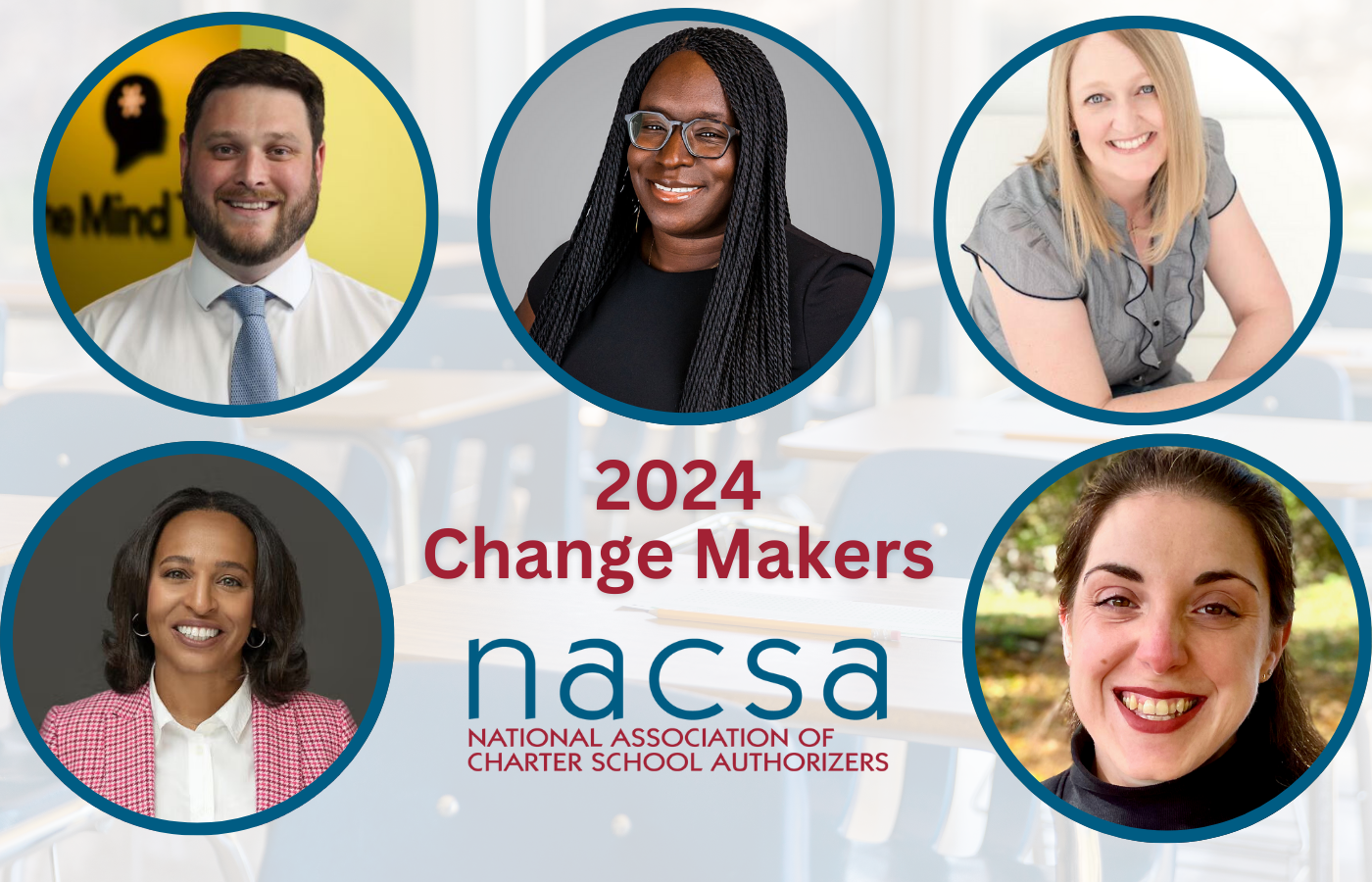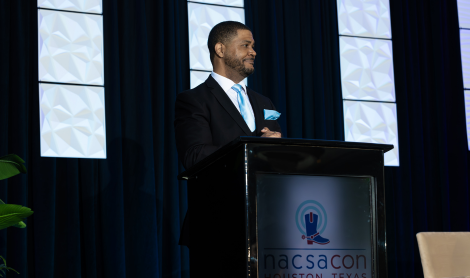SECOND IN A SERIES
When we pursue equity within our educational institutions, complexities and challenges can arise.
The path towards equity goes beyond a checklist of tasks or compliance measures: it is an intricate journey that involves culture, identity, and healing. Common pitfalls, often referred to as equity traps and tropes, can hinder genuine progress.
Let’s delve into these traps and tropes and explore how they impact the broader mission of achieving true equity.
1. Doing Equity
One common misstep is reducing equity to a set of tools, strategies, and compliance tasks. This approach oversimplifies the transformative nature of equity work, treating it as a transactional process rather than a holistic, whole-person, and whole-system change. True equity involves a deep understanding of cultural nuances, identities, and the healing required to create inclusive environments.
2. Siloing Equity
Another challenge arises when equity work is isolated within a separate policy, team, or body. This siloed approach limits the integration of equity into the fabric of the institution. To foster lasting change, equity must be woven into every aspect of the organization, avoiding isolation in specific departments or initiatives.
3. The Equity Warrior
Assigning a single champion or holder of the vision, often termed the “Equity Warrior,” can inadvertently centralize the responsibility for equity on one individual. Sustainable change requires a collective effort, engaging the entire staff in the journey toward equity, rather than relying on a lone advocate.
4. Spray and Pray Equity
Engaging external “equity experts” for one-off training sessions without a continuous plan for learning or capacity building leads to superficial understanding. Effective equity work demands ongoing education and development, fostering a culture of continuous improvement.
5. Navel-Gazing Equity
Limiting equity work to self-reflection, without penetrating the core systems, hinders meaningful progress. To address systemic inequities, equity initiatives must extend beyond personal reflection and integrate into planning, oversight, and other structural elements.
6. Structural Equity
While redesigning systems and structures is essential, focusing solely on the external aspects, such as the application process, without investing in personal, interpersonal, and cultural shifts, may result in superficial change. A comprehensive approach involves restructuring alongside deep-rooted cultural transformation.
7. Blanket Equity
Investing solely in programs, without concurrently building the capacity of individuals to navigate complex equity challenges, falls short. True equity requires a commitment to developing the knowledge and fluency of every member of the institution.
8. Tokenizing Warrior
Asking leaders of color to symbolically represent equity without providing adequate support and resources perpetuates tokenism. Meaningful inclusion demands engaging the entire staff in the equity journey, fostering a collaborative and supportive environment.
9. Superficial Equity
Failing to invest time in building equity-centered knowledge and fluency leads to behavioral shifts without a genuine understanding of historical context. True equity requires a deep exploration of the roots of inequity to inform meaningful change.
10. Boomerang Equity
Investing time and resources in understanding equity challenges, but reverting to recycled, status quo solutions, stunts progress. A commitment to continuous improvement is crucial to avoiding the boomerang effect and achieving sustainable equity.
Think about your own authorizing shop or education institution. Do you recognize any of these traps or tropes at work in your office? Can you think of a time when your organization worked to explicitly avoid them?
Recognizing these traps and tropes—the risk of them or perhaps the actual presence of them in your office—is essential to navigating the intricate landscape of equity. True equity demands a commitment to cultural shifts, collective responsibility, and ongoing learning, moving beyond superficial measures towards a comprehensive, transformative approach. By acknowledging and addressing these challenges, authorizers can foster environments that embrace diversity, inclusivity, and genuine equity.


